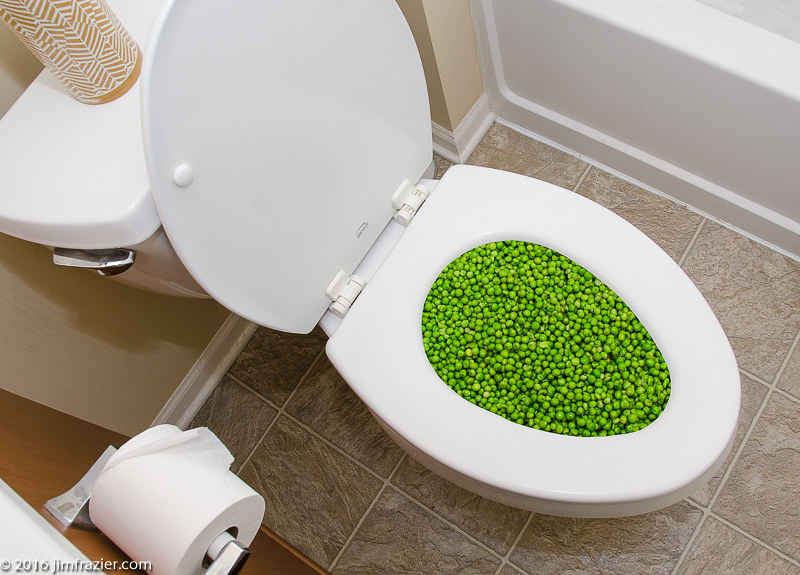Is it Feasible to Flush Food in the Toilet?
Is it Feasible to Flush Food in the Toilet?
Blog Article
Everybody has their own unique views when it comes to Is it safe to flush food (especially rice) down the toilet?.

Introduction
Lots of people are frequently faced with the predicament of what to do with food waste, specifically when it involves leftovers or scraps. One typical question that emerges is whether it's all right to flush food down the bathroom. In this short article, we'll delve into the reasons people might take into consideration purging food, the effects of doing so, and alternative approaches for appropriate disposal.
Reasons why individuals may take into consideration flushing food
Absence of understanding
Some individuals might not be aware of the potential harm triggered by purging food down the bathroom. They might mistakenly think that it's a harmless technique.
Comfort
Purging food down the toilet may seem like a quick and easy solution to disposing of unwanted scraps, especially when there's no nearby trash bin available.
Negligence
In many cases, people may simply pick to flush food out of sheer laziness, without thinking about the repercussions of their actions.
Consequences of flushing food down the toilet
Environmental impact
Food waste that winds up in rivers can contribute to contamination and harm aquatic communities. Additionally, the water used to purge food can strain water resources.
Plumbing issues
Purging food can result in clogged pipes and drains, causing costly pipes repair work and inconveniences.
Kinds of food that need to not be flushed
Fibrous foods
Foods with coarse textures such as celery or corn husks can obtain tangled in pipes and trigger blockages.
Starchy foods
Starchy foods like pasta and rice can absorb water and swell, causing obstructions in pipes.
Oils and fats
Greasy foods like bacon or cooking oils must never be flushed down the commode as they can strengthen and create blockages.
Correct disposal approaches for food waste
Using a garbage disposal
For homes outfitted with garbage disposals, food scraps can be ground up and flushed through the pipes system. However, not all foods appropriate for disposal in this manner.
Recycling
Particular food product packaging products can be recycled, lowering waste and lessening environmental influence.
Composting
Composting is an eco-friendly method to take care of food waste. Organic materials can be composted and utilized to enrich soil for gardening.
The relevance of appropriate waste management
Minimizing ecological damage
Appropriate waste administration practices, such as composting and recycling, help reduce air pollution and protect natural deposits for future generations.
Securing pipes systems
By staying clear of the method of flushing food down the commode, house owners can avoid expensive plumbing fixings and maintain the stability of their pipes systems.
Conclusion
Finally, while it might be tempting to purge food down the commode for benefit, it's important to understand the potential repercussions of this action. By embracing correct waste monitoring methods and taking care of food waste properly, people can contribute to healthier plumbing systems and a cleaner environment for all.
FLUSH FOOD DOWN THE TOILET?
FLUSHING FOOD CAN CAUSE BLOCKED DRAINS IN YOUR HOME
All of the plumbing fixtures in your home are connected to the same sewer pipe outside of your home. This outdoor sewer pipe is responsible for transporting all the wastewater from your home to the Council sewer mains. Even small pieces of food that go down the kitchen sink can cause problems for your sewer. It should therefore be obvious that flushing larger bits of food, such as meat, risks a clog in either the toilet itself or the sewer pipes. Flushing greasy food is even more problematic because oil coagulates when it cools, coating the interior lining of your pipes.
THE TOILET IS NOT A BIN
Food isn’t the only thing that people shouldn’t be flushing down the toilet. People use the toilet to dispose of all kinds of things such as tampons, makeup wipes, dental floss, kitty litter and even underwear. Water goes to great lengths to educate residents about the high costs and stress placed on wastewater treatment systems simply from people flushing the wrong stuff down the toilet. It costs taxpayers millions of dollars each year, and homeowners thousands in blocked drain repairs.
FLUSHING FOOD IS A WASTE OF WATER
Flushing food is a waste of our most precious resource - water. In June this year Level 1 water restrictions were introduced to protect water supply from drought conditions. Much of New South Wales continues to be affected by prolonged drought with recent figures revealing up to 97 per cent of the state remains in drought. Depending on whether you have a single or dual flush toilet, every single flush uses between five and 11 litres of water. In the current climate this is a huge amount of water to be wasting on flushing food that should be placed in the bin (or better yet, the compost).
https://www.jabplumbingsolutions.com.au/blog/can-you-flush-food-down-the-toilet

I am just very occupied with Think Twice Before Flushing Food Down Your Toilet and I hope you liked the entire post. Sharing is nice. Helping people is fun. We thank you for your readership.
Book 24/7 Report this page